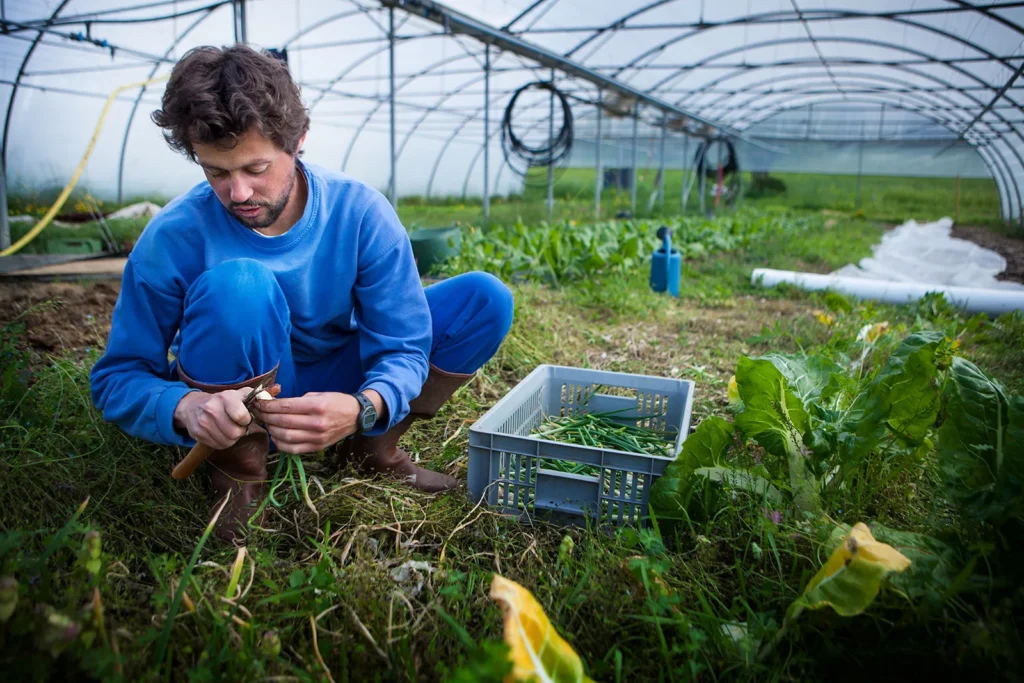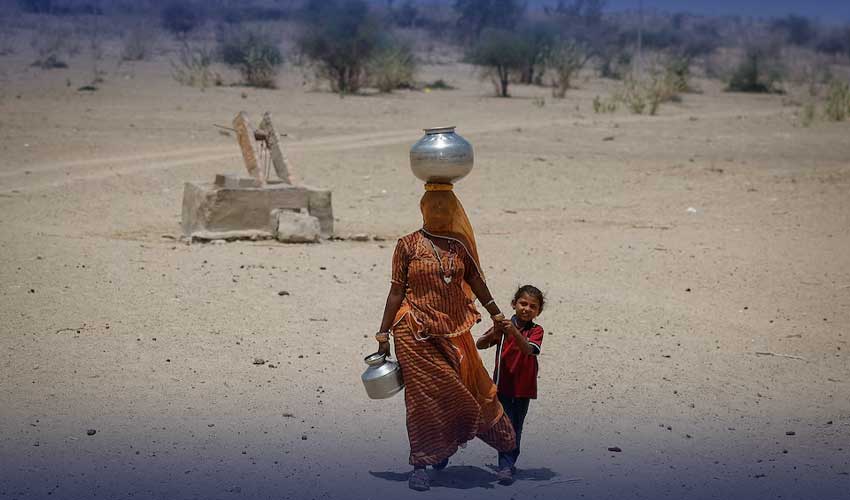Introduction
Water is one of the most essential natural resources on Earth, supporting life, agriculture, industry, and ecosystems. However, in many parts of the world, water scarcity has become a significant challenge. When the demand for water surpasses the available supply, the condition is termed as water stress. This crisis not only affects drinking water availability but also disrupts food production, economic growth, and environmental stability.
According to the United Nations, over two billion people worldwide live in countries experiencing high water stress, and this number is expected to grow due to climate change, population growth, and mismanagement of water resources. Understanding the causes, impacts, and potential solutions to water stress is crucial in mitigating its effects and ensuring sustainable water availability for future generations.
Understanding Water Stress
Water stress occurs when the demand for clean and usable water exceeds its natural supply. Unlike absolute water scarcity, which refers to the total physical lack of water, water stress can be a result of multiple factors, including inefficient usage and poor management. Water stress can be temporary (seasonal) or long-term, depending on the underlying causes.
Major Causes of Water Stress
1. Water Scarcity
Water scarcity refers to a natural shortage of water due to geographical and climatic factors. Some regions, particularly arid and semi-arid areas, naturally have limited freshwater sources. Countries in the Middle East, North Africa, and South Asia are particularly vulnerable.
Additionally, prolonged droughts due to changing climatic patterns have further aggravated the issue. In places like California, Australia, and sub-Saharan Africa, extended dry spells have significantly reduced available water levels in reservoirs and underground aquifers.
2. Population Growth and Urbanization
With the rapid increase in population, especially in urban areas, the demand for water has surged exponentially. Cities are expanding, requiring more water for domestic consumption, industries, and infrastructure development.
According to the World Bank, the global population is projected to reach 9.7 billion by 2050, significantly increasing pressure on water resources. Many urban centers, particularly in developing nations, lack the infrastructure to supply clean water efficiently, leading to greater water stress.

3. Climate Change and Extreme Weather Events
Climate change has significantly altered precipitation patterns worldwide, leading to either excessive rainfall and flooding or prolonged droughts. These extreme weather events disrupt the natural replenishment of water sources.
For example:
- Glacier melting in the Himalayas is reducing long-term water availability for South Asian rivers.
- Reduced rainfall in the Sahel region of Africa has caused desertification and water shortages.
- Rising global temperatures increase evaporation rates, depleting lakes and reservoirs faster than they can be replenished.
4. Mismanagement of Water Resources
One of the most critical yet overlooked causes of water stress is the mismanagement and inefficient use of available water resources. This includes:
- Water wastage: Excessive use of water in households, industries, and agriculture.
- Poor irrigation techniques: In many developing countries, outdated irrigation methods waste more water than they conserve.
- Leakage and infrastructure failures: Many cities lose up to 30-50% of their water due to leaks in outdated water distribution systems.
- Pollution of water bodies: Industrial waste, sewage, and agricultural runoff contaminate water sources, reducing the amount of clean water available.
Impact of Water Stress
Water stress has far-reaching consequences that extend beyond just limited drinking water. It affects every aspect of human life, economic stability, and environmental health.
1. Human Health and Sanitation Issues
Lack of access to clean drinking water leads to severe health problems, including:
- Waterborne diseases such as cholera, dysentery, and typhoid.
- Malnutrition due to food shortages resulting from inadequate irrigation.
- Poor hygiene and sanitation, increasing the spread of infections and diseases, particularly in low-income regions.

2. Agriculture and Food Security
Agriculture is the largest consumer of freshwater, accounting for about 70% of global water withdrawals. Water stress disrupts farming activities, leading to:
- Lower crop yields, reducing food production and increasing food prices.
- Desertification, where fertile land turns into arid desert due to lack of water.
- Loss of livestock, affecting meat and dairy production.
3. Economic and Industrial Slowdown
Water is a critical resource for industries such as textiles, manufacturing, and energy production. Water shortages can cause:
- Factory shutdowns and job losses.
- Reduced hydroelectric power generation, leading to energy crises.
- Higher production costs, driving inflation and economic instability.
4. Environmental Degradation
Water stress has devastating effects on natural ecosystems, including:
- Loss of aquatic biodiversity due to drying rivers and polluted water bodies.
- Decline in wetlands, which are crucial for flood control and wildlife habitats.
- Deforestation, as trees and plants die off due to insufficient water.

Solutions to Address Water Stress
While water stress poses a serious challenge, several solutions can help mitigate its impact and ensure sustainable water management.
1. Efficient Water Management Policies
Governments and policymakers must implement strong water conservation laws, including:
- Regulating groundwater extraction to prevent overuse.
- Encouraging wastewater treatment and recycling for industrial and agricultural use.
- Investing in modern irrigation techniques such as drip irrigation to reduce water wastage in farming.
2. Climate Adaptation Strategies
As climate change continues to impact water availability, adaptation measures must be adopted, such as:
- Rainwater harvesting systems to capture and store rainwater for later use.
- Constructing desalination plants in coastal areas to convert seawater into freshwater.
- Restoring wetlands and forests to improve water retention and recharge groundwater.
3. Public Awareness and Community Involvement
People must be educated on water conservation techniques, such as:
- Fixing household leaks to reduce wastage.
- Using water-efficient appliances like low-flow toilets and showerheads.
- Adopting sustainable agricultural practices like crop rotation and organic farming.

4. Technological Innovations
Advancements in technology can play a significant role in reducing water stress:
- Smart irrigation systems that monitor soil moisture and optimize water use.
- AI-based water management tools to detect leaks and prevent losses.
- Water purification technologies to recycle and reuse wastewater efficiently.
Conclusion
Water stress is a growing global crisis that requires urgent action. By implementing sustainable water management strategies, adapting to climate change, and raising public awareness, we can ensure the availability of clean water for future generations. Governments, industries, and individuals must collaborate to conserve, manage, and distribute water resources efficiently. The future of water security depends on the steps we take today.
With a collective effort, we can overcome water stress and create a world where everyone has access to this essential resource.



